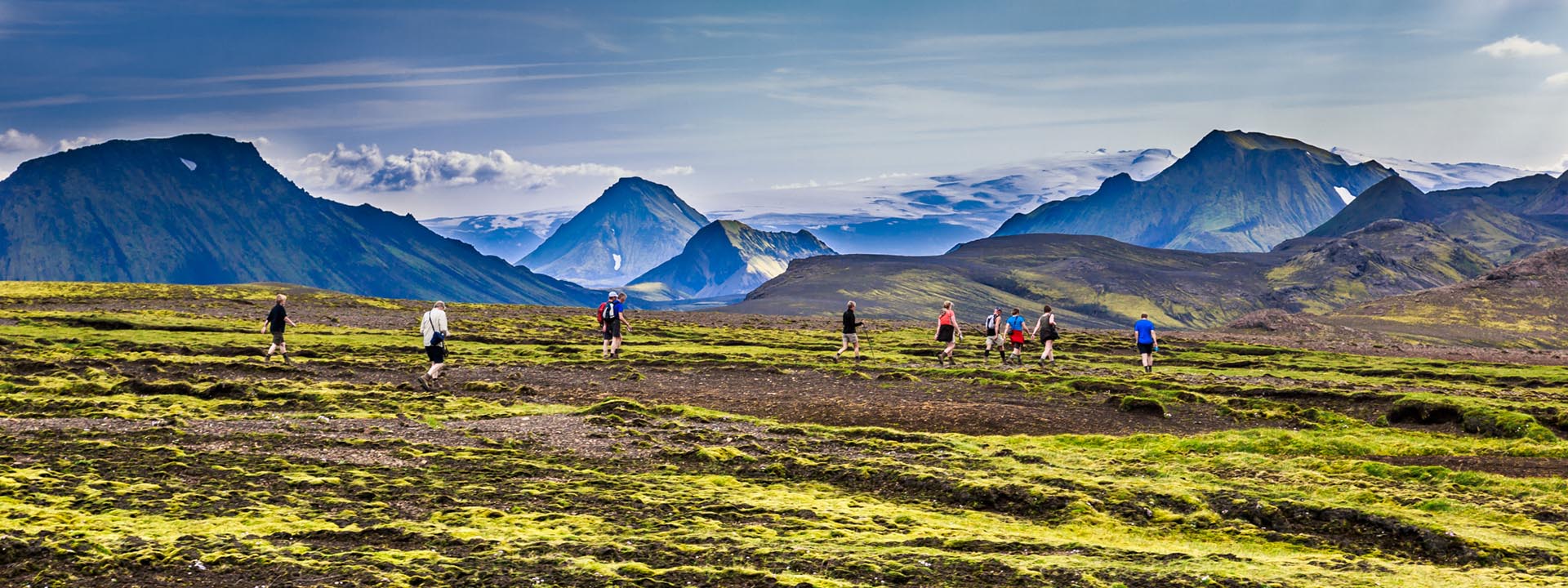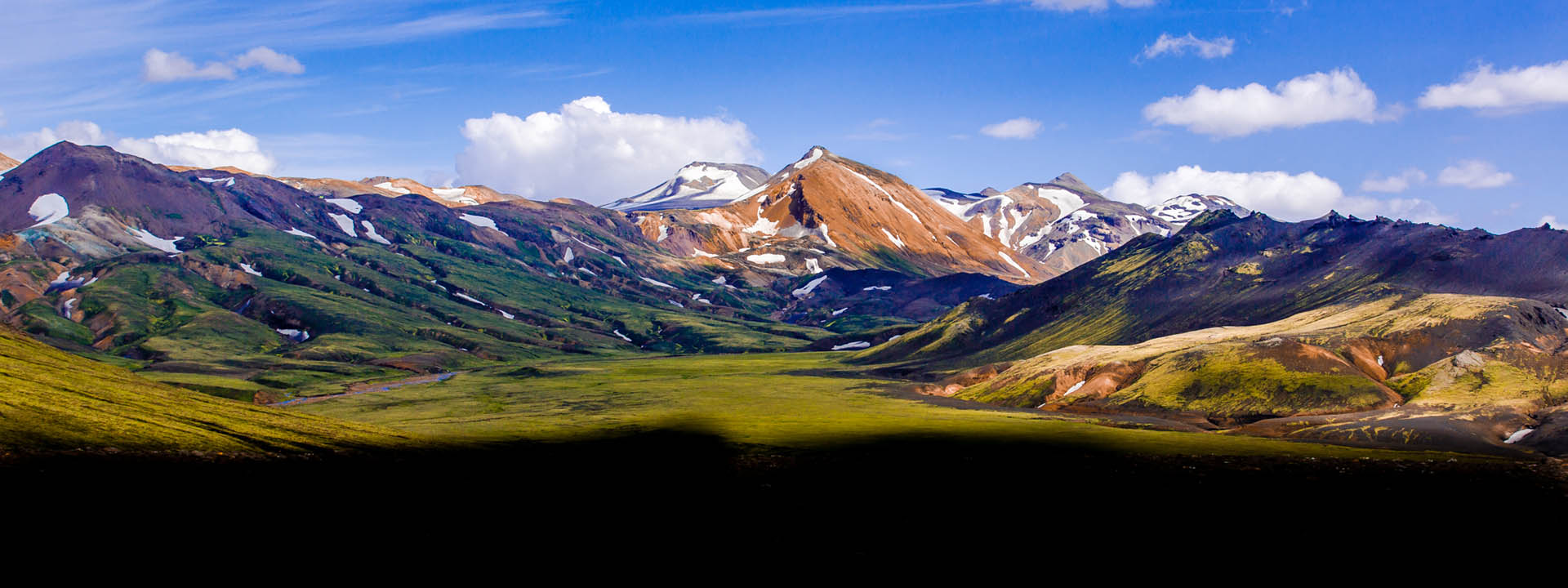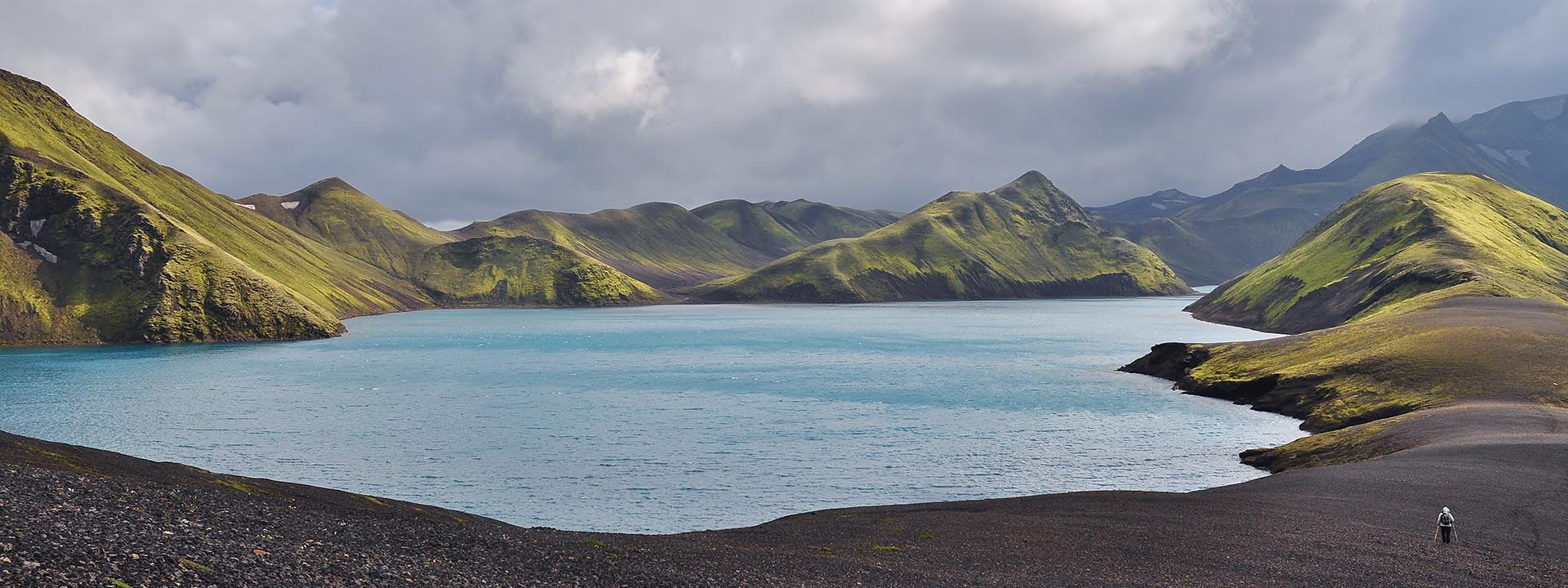Protection of the central highlands of Iceland is of high priority in Landvernd's conservation policy. The area comprises about 40% of the whole country, including the four largest glaciers. The central highlands are unique on both a national and international level as they possess one of the largest territories south of the Arctic Circle in Europe that has never been settled by humans. The value of the area is no less unique in terms of nature; displaying great contrast between barren wastelands and oases, possessing extremely diverse geology and geomorphology, the interaction of fire and ice and exceptional contrasts in landscape and wilderness. The highlands' wilderness is considered one of the last large ones in Europe and Iceland's responsibilities to protect the area are undeniable. Furthermore, the area is extremely sensitive with volatile volcanic soil and vegetation cover in a harsh climatic environment.
Increased pressure due to development
Although there is still widespread wilderness in the central highlands, it has fallen sharply, not least because of an increase in energy development, in particular the construction of large hydropower plants, dams, reservoirs, and associated high voltage overhead powerlines and other infrastructures such as roads. This has resulted in the fragmentation of many previously continuous wilderness areas. A recent study has shown a huge decrease in the size of wilderness areas in Iceland, about 70% over the past 70 years.
Recently, the development of geothermal power plants adds to this, and an increase in off-road driving and exposure to tourists are also a concern. A 2013 Parliamentary Notion stipulates the organization of conservation and utilization of hydro- and geothermal power in the country. This masterplan has not ruled out possible further energy production in many areas of the highlands.
Establishment of a national park
It is important to look at the central highlands as one continuous whole and endeavor to defend and protect it both today and for future generations. Landvernd has, along with other nature conservation associations, proposed that the central highlands of Iceland be declared as protected with the establishment of a national park. There are many strong arguments for such protection: the unique nature as described above and that Icelanders are responsible for, the opportunity for a very unique tourist experience through sustainable tourism and wealth creation for the nation. Outdoor activities in almost unspoiled nature are also very important for people's physical health and wellbeing.
Landvernd believes that the establishment of a national park would not only ensure the protection of the area against further development by the energy industry, but also create a great opportunity for comprehensive planning of the area. It is worth noting that about 90% of the area is already protected in some way, either as a national park, nature reserve or public land.
Icelanders support the idea
A poll that Capacent Gallup carried out in October 2011 revealed extensive support for the establishment of a national park in the central highlands of Iceland: 56% of respondents were in favor, only 17.8% against and 26.2% were neutral. The idea was supported by voters of all political parties, all age groups and across the whole of Iceland. Therefore, the idea of a national park in the central highlands is well-suited to create a consensus on the protection of this area.




